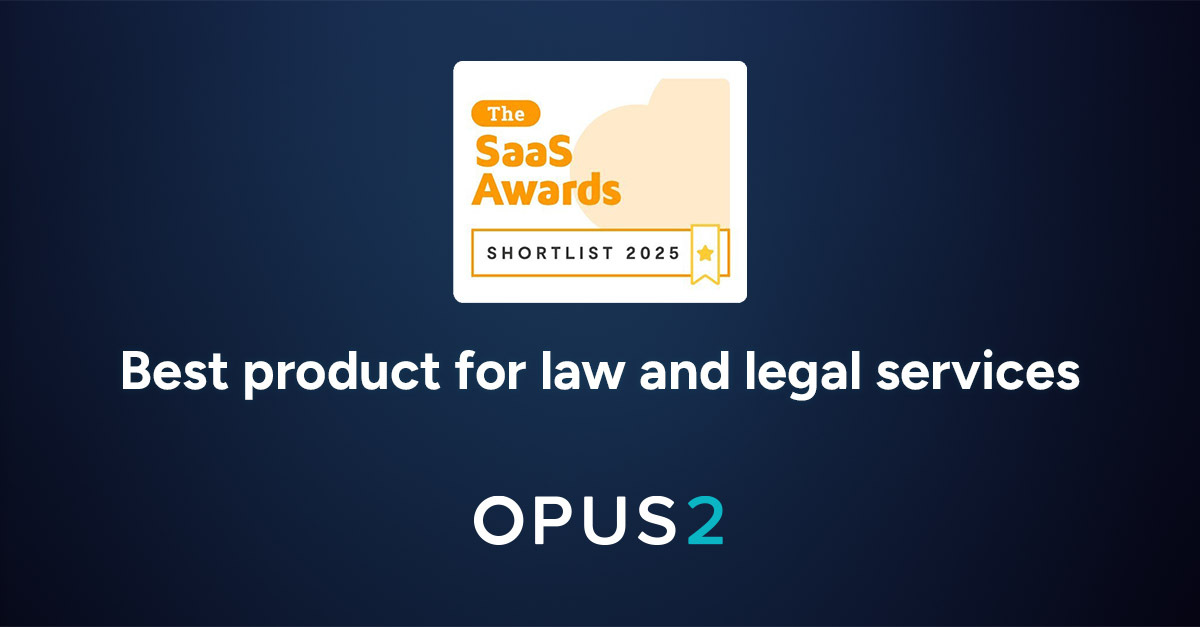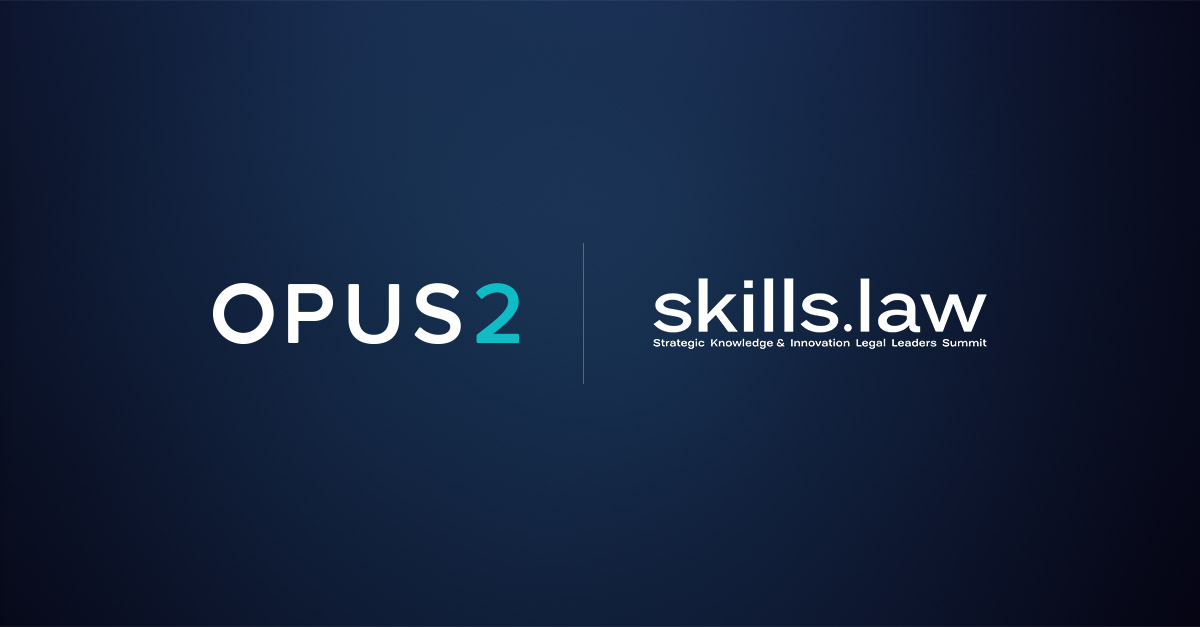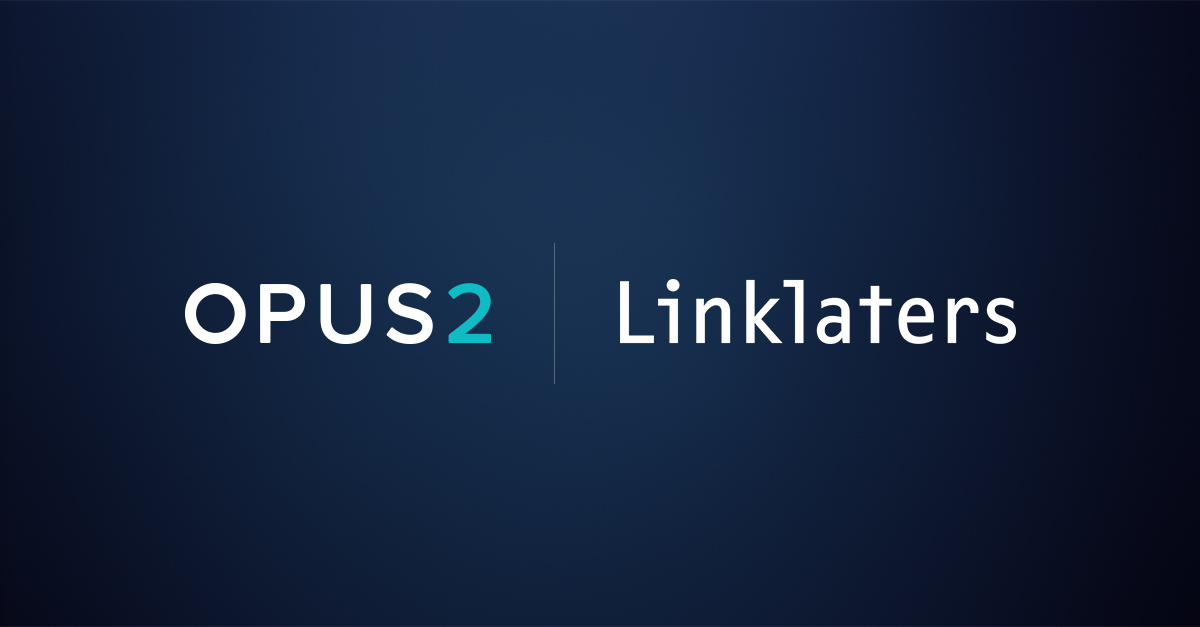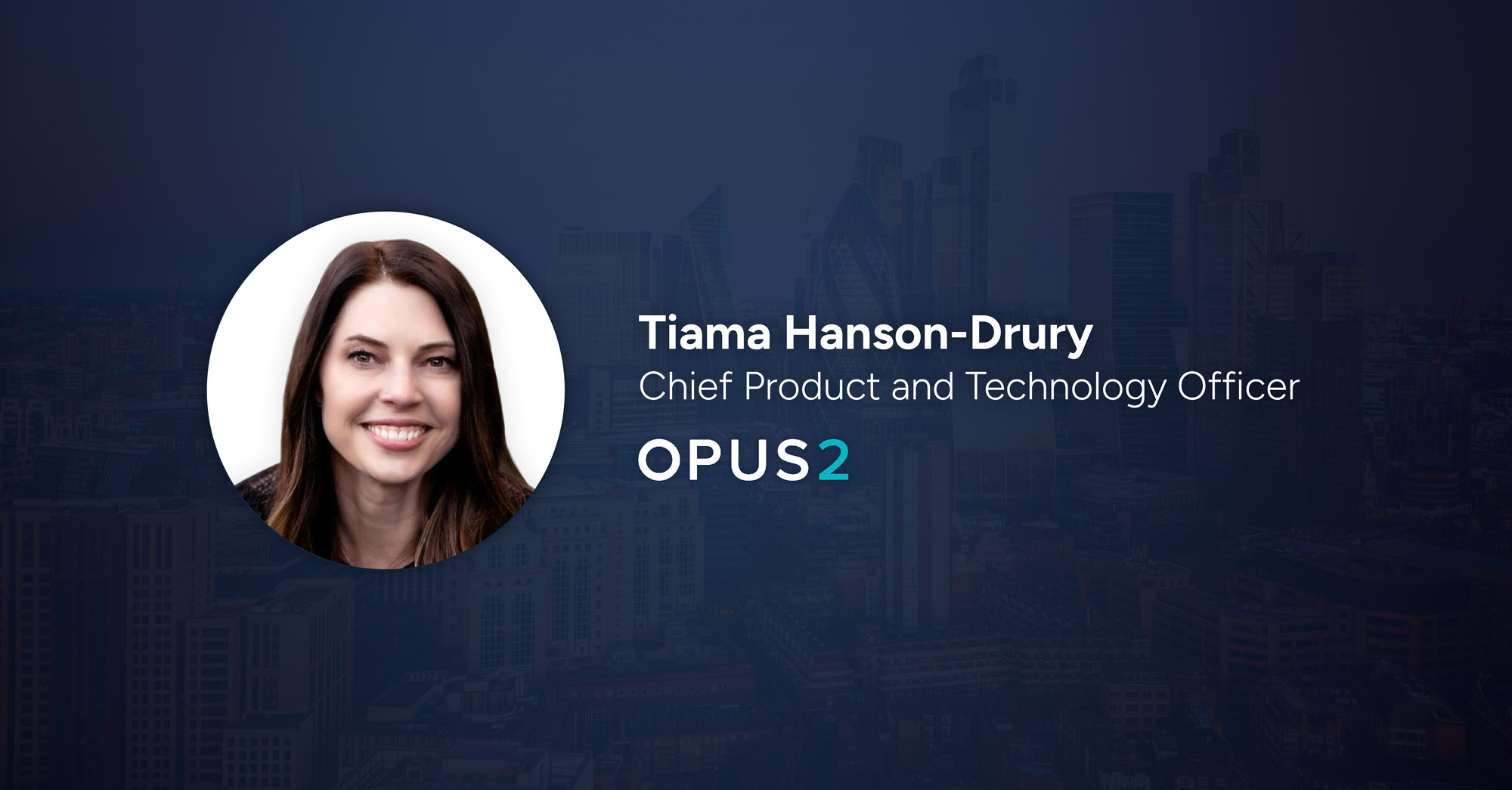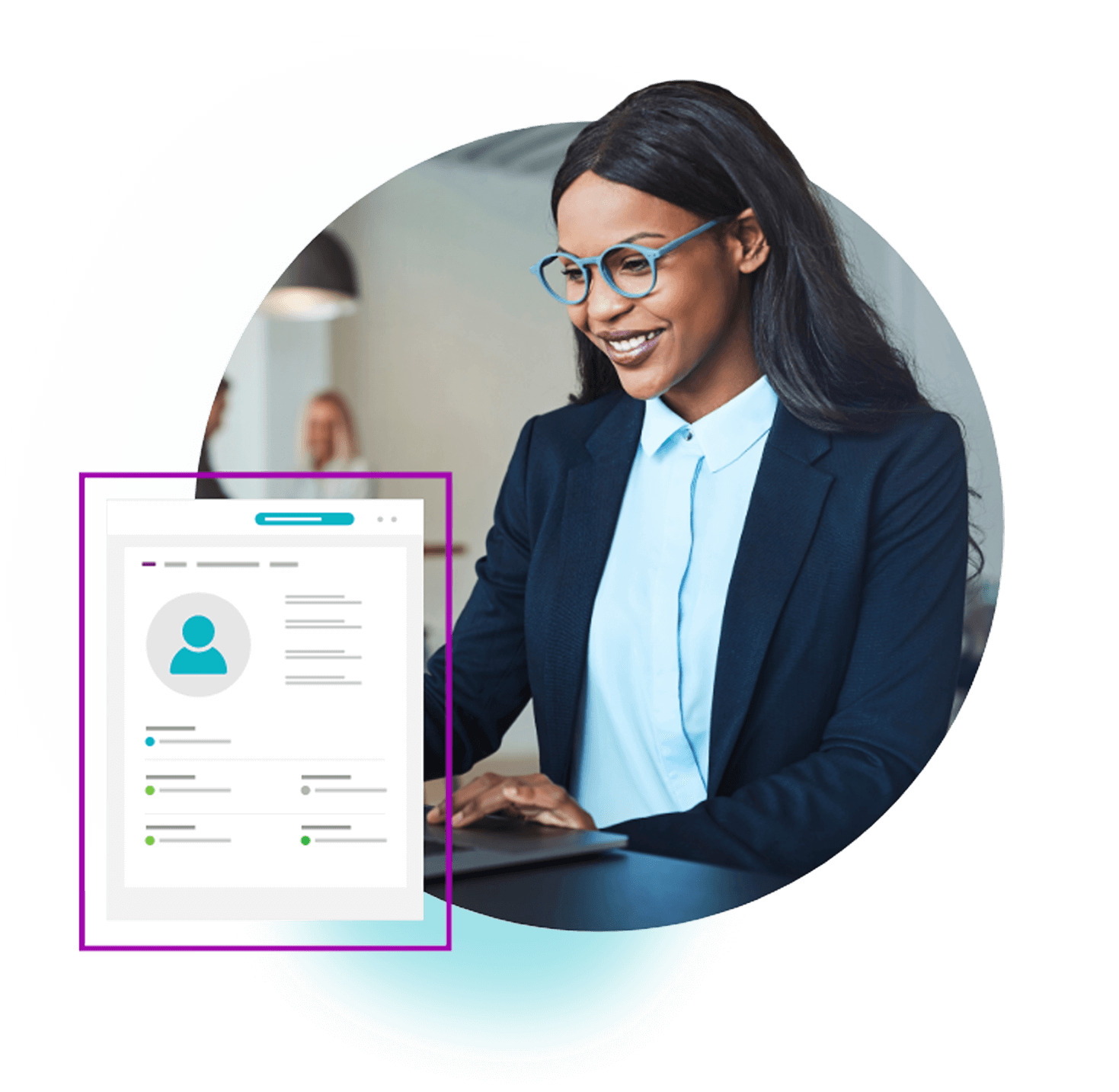There can be no doubt that technology is a crucial part of serving your clients, but how can you get them invested – literally and figuratively? Cost recovery in legal technology is a topic that’s often tiptoed around. With clients’ increasing demands to improve efficiency and effectiveness cost recovery can ensure you have the budget for new technology to meet those demands.
Cost recovery for legal tech may enable your team to continue delivering value-added services to clients while maintaining profitability and staying ahead in a competitive legal market.
In this article, we’ll explore technology cost recovery and chargeback models for law firms. We’ll start with a few key definitions and basics. Then, we’ll provide an overview of chargeback models you can use, detailing the pros and cons of each. Finally, we’ll share a few tips for navigating discussions with clients.
With the right approach to legal cost recovery, you can prioritize your clients’ needs while protecting law firm profitability. Let’s dive in.
Contents
Legal tech cost recovery and chargeback basics
– What are cost recovery and chargeback models in legal tech?
– A brief history of cost recovery
– How eDiscovery paved the way
– Benefits of cost recovery for legal tech
Chargeback models for law firms
– Direct pass-through model
– Flat-fee model
– Hybrid cost-absorption model
Strategies for successful cost recovery implementation
Legal tech cost recovery and chargeback basics
Before we dive into the details, let’s define cost recovery and chargeback models in the context of legal technology, why these approaches are beneficial, and the history of the practice.
What are cost recovery and chargeback models in legal tech?
Cost recovery in the legal context refers to the practice of law firms seeking reimbursement for expenses incurred during their work for a client. Legal cost recovery may include materials and supplies, court fees, third-party expenses, and most recently, technology. A chargeback model is the specific approach your firm uses to calculate and share costs.
When applied to legal technology, law firms position their solutions as an integral part of their legal practice and incorporate associated expenses into their overall fees. This allows law firms to stay competitive, provide enhanced client value, and ensure the financial sustainability of their operations.
A brief history of cost recovery
We all know that the legal landscape is constantly evolving. Your clients expect your firm to adopt and use the latest technology. With the right approach to legal cost recovery, you can prioritize your clients’ needs while protecting law firm profitability.
Cost recovery and chargeback models have been in use for as long as law firms have had clients. Historically, cost recovery has focused on hard costs for material expenses like paper, photocopying, supplies, court fees, and third-party costs. These were itemized and passed on to clients as part of the overall legal billing structure.
When it comes to legal technology, traditionally, law firms absorbed these costs. Even now, many consider it a part of their overhead, required to conduct business. However, as law firms continue to adopt solutions that increase lawyer efficiency and deliver better outcomes for clients, recovering a portion of these expenses is becoming more common. And, for many firms, it’s a necessity to ensure continued innovation.
How eDiscovery paved the way
When eDiscovery first came to market, firms that were early adopters initially didn’t charge clients for it. However, with the shift from paper-based to digital document discovery, law firms began incurring significant costs related to software licenses, data hosting, and processing fees.
Regardless, the value of eDiscovery was immediately apparent to clients, it gave these firms a huge advantage. It wasn’t long before every firm wanted an eDiscovery solution. Some struggled to justify the new expense until an enterprising eDiscovery provider proposed a chargeback model making it possible for firms to reduce the overall expense of adoption. Now, passing along eDiscovery costs is common practice.
Of course, presenting any cost increase to clients is tense. But, as with eDiscovery, when the technology in question provides quick client value and clear benefits, the conversation is much easier to navigate.
Chargeback models for law firms
Naturally, there are a lot of ways you can calculate and present your technology cost recovery efforts to clients. The three popular approaches outlined below showcase the diversity in legal cost recovery strategies. Of course, each has its advantages and challenges. Below we’ll explore each option.
Direct pass-through model
In the legal industry, the direct pass-through model is one of the most common approaches to cost recovery. As the name implies, in this model, law firms directly pass on technology expenses incurred to the clients on a one-to-one basis. In short, the firm bills the client a fee that includes each related expense, such as a portion of the subscription cost, client user licenses, data hosting, and professional services fees.
While this method is straightforward and has the potential to help you recoup all your investment, it may have limitations. Clients might have trouble understanding the breakdown of costs as individual line items, which could lead to billing disputes. Depending on the pricing structure of your solution, it may be difficult to divide software subscription fees on a client-by-client basis. So, if you choose to use this approach, be prepared for clients to negotiate. Be prepared to defend the charge and explain how you arrived at the fee.
Flat fee model
The second common type of chargeback structure for legal technology is the flat fee. Often billed as an all-encompassing ‘technology fee,’ this approach has the potential to recoup all costs or even add a small profit. To calculate this fee, you’ll make a list of hard costs based on historical data and expenses. Then, add projected costs for common services and administrative time. With this approach, you can bundle costs from multiple software systems in your tech stack.
Cost predictability is the biggest benefit to clients when using the flat fee approach. Your firm will also benefit from the simplicity and profitability. It requires no case-by-case calculations. It also could net a small profit if the client doesn’t use all the features and services you include in the fee. Finally, it paves the way for any necessary technology fee increases in the future.
As with the direct pass-through chargeback approach, you may face questions from clients about the purpose and basis of the fee. It can be helpful to illustrate the potential expense and variability of other models to help clients understand its advantages.
Hybrid model – cost recovery and cost absorption
The hybrid cost recovery model is a good choice for law firms who want a way to subsidize a portion of their legal tech investments, but also prioritize client satisfaction. This approach combines elements of cost absorption and cost recovery.
For example, a firm may choose not to include the base subscription cost in its calculations for client fees. Instead, they might bill the client only for expenses the law firm wouldn’t have incurred if not for the specific engagement. This could include charges for data storage fees, client licenses, and professional services to customize an instance to suit the client’s individual needs.
Certainly, this approach offers significant benefits to the client. It’s easy to understand, it feels fair to the client, and it’s transparent. However, it creates a variable cost that may be unpredictable. Additionally, for law firms, it limits the profitability of the software and creates a staff burden to calculate costs.
Strategies for successful cost recovery implementation
It’s no secret that in-house counsel are under continual pressure to reduce overall spend. So, you may not relish the idea of broaching this topic given the challenges you may face. It’s understandable because you may face challenges. However, there are a few ways you can make the transition easier, ensuring the successful implementation of your cost recovery strategy.
Proactively communicate and educate internal stakeholders
As with any change, communication and education play a significant role in success. Law firms should be proactive when introducing cost recovery both to internal stakeholders and external clients. Your communications should be clear while providing context and detailing the mutual benefits of the change.
Attorneys, particularly those with long-standing clients, may be hesitant to introduce new billing practices. Many may express concern about damaging client relationships. Emphasize the value of new technology and the importance of staying ahead of the competition.
Enable attorneys and staff with a list of frequently asked questions and talking points. Focus on the importance of innovation and draw parallels to other chargeback fees they encounter that are commonplace. It can also be helpful to define the direct impact that the software has on your ability to meet their needs and secure positive outcomes for them effectively.
Plan your client communication approach
While some clients may embrace the idea of investing in advanced technologies for better outcomes, others might push back on perceived additional expenses. This is particularly true when clients are not fully aware of the benefits or when law firms fail to effectively communicate the value proposition.
Prioritize client education when onboarding new clients. Make sure they understand your firm’s commitment to using technology to provide them with the best possible service. In addition, be sure to share the benefits of any systems they’ll have access to. Can they monitor progress in real-time using your practice management software? Will they save time by providing documents using a client portal in your legal case management software? Do they have access to new and helpful reporting data thanks to your analytics tool? Make their investment in your legal tech as tangible as possible.
Your continued communication with the client will improve their understanding and avoid billing disputes later. It can also be helpful to review the technology cost agreements before major matters commence and periodically throughout the billing cycle.
Tailor your cost recovery approach to your clients
Regardless of which chargeback model you select, it needs to be fair and flexible. After all, you’ll need to apply it to a variety of clients. Even if you’re charging clients a flat legal technology fee, you should be able to adjust for differences in needs, size, and volume of work.
You may use a combination of models depending on your client base’s preferences and financial capabilities. Creating a client-centric approach ensures that fee recovery is distributed according to each client’s scope. This enables clients to understand their portion of the costs in relation to the firm’s full book of work.
Ensure your efforts align with ethical standards
This may go without saying, but your cost recovery efforts must be ethical to be successful. Your cost recovery efforts shouldn’t be viewed as a lucrative profit center. Uphold common standards in cost recovery practices by adhering to guidelines set by bar associations and legal ethics opinions. Ensure that the fees charged, whether for software services or other legal work, are reasonable and commensurate with the value provided.
Define your administration process
When planning to implement a new cost recovery model, it’s important to define internal processes as part of your initial rollout. Establish clear structures for tracking, reporting, and billing client technology costs. Where possible, implement systems that can calculate and assess a client’s share of various expenses automatically to make the monthly billing process seamless. This not only reduces manual workload but can also minimize errors, ensure accuracy, and enable forecasting.
Monitor and adapt as needed
Successfully using a cost recovery model is not a one-time task; it requires continuous monitoring and adaptation. Regularly review the effectiveness of your chosen model, seeking feedback from both internal and external stakeholders. Monitor trends in the legal industry, especially regarding software and technology expenses.
Be prepared to adapt the cost recovery model to evolving client expectations, changes in technology, and any shifts in the firm’s practice areas. Remaining flexible and responsive will contribute to the long-term success of cost recovery initiatives.
As long as law practices continue to adopt innovative technologies at record speeds, the use of cost recovery models will continue to grow. This practice will play a part in future-proofing your practice and provide a means for your firm to adopt cutting-edge tools essential for effective legal representation in the digital age.
Ultimately, cost recovery is a symbiotic practice, and it should be discussed in that context. It enables your law firm to adapt to the changing legal landscape, cover essential expenses, and demonstrate the value of your services. Simultaneously, it empowers clients with transparency, context for the costs, and access to cutting-edge technologies, contributing to more effective and collaborative legal engagements.

